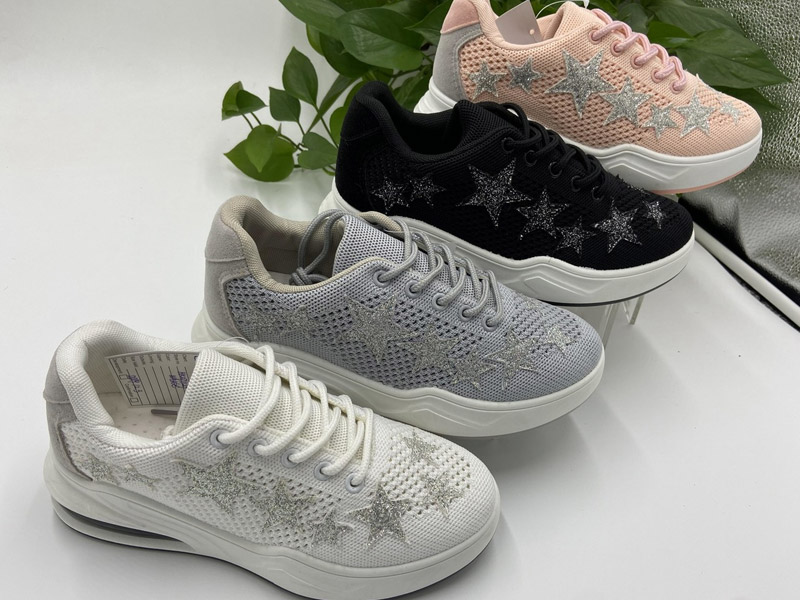In the footwear market, we usually divide shoes into women's shoes, men's shoes, casual shoes, sports shoes, etc., according to gender, occasion or function. However, for professionals in the shoe industry, the more critical classification criteria are cold adhesive shoes and injection molded shoes.
First, let's talk about cold sticky shoes. Cold bonding shoes, also known as handmade shoes, are a non-high-temperature bonding footwear process. The production process involves using a plastic last to shape the upper and then gluing the upper to the sole. This process is more common in high-end shoes produced in Italy, Spain and other countries.
The production process of cold adhesive shoes is to combine the upper, the inner sole and the outer sole tightly with the aid of an adhesive. This process method is highly respected for its fine craftsmanship and high quality finished products.
Next, we look at injection molded shoes. Injection shoes are produced by a machine, and after the upper is fixed on the aluminum last, PVC, TPR and other materials are usually injected directly by a horizontal injection molding machine or a turntable machine to form a sole at one time. Because of its mechanized production, injection shoes have the advantages of large output and low cost. However, in the face of diverse footwear production needs, frequent mold replacement may lead to reduced production efficiency and difficult to meet the needs of orders.

The main differences between cold adhesive shoes and injection molded shoes are as follows:
1. Sole feature difference
One obvious sign that distinguishes cold glue shoes from injection molded shoes is the sole. Injection molded shoes usually have a line on the heel or edge, which is the mark left by the mold when it is released. Cold sticky shoes do not have such lines on the heel or edge.
2. Production process differences
The two kinds of shoes are made by very different techniques. Injection shoes are molded by machine injection molding, while cold glue shoes are applied at the joint between the sole and the upper, and then bonded by heat treatment.
3. Material characteristics difference
Most injection shoes use PU material, this material has uniform texture, corrosion resistance, soles and upper bonding firmly, with the characteristics of breaking resistance, wear resistance, waterproof, and environmental protection. In contrast, cold sticky shoes, due to the use of glue, the sole and upper are easy to unglue, do not have waterproof function, and some chemicals in the glue may be harmful to the human body.
Through the above comparison, we can see that cold adhesive shoes and injection shoes have obvious differences in sole characteristics, production process and material characteristics, and these differences also determine their respective application scenarios and market positioning.